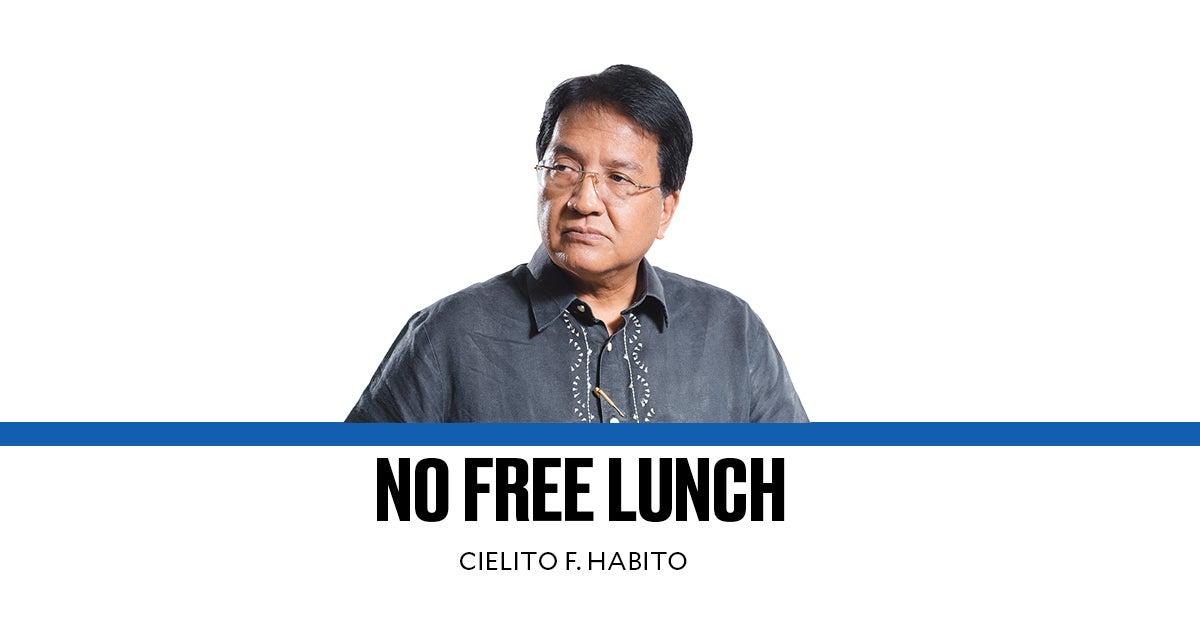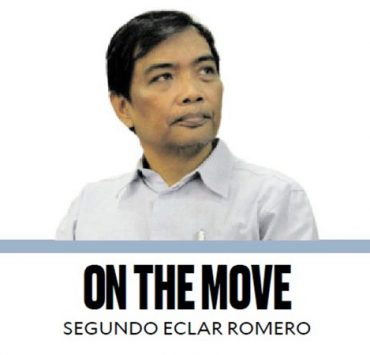‘Trumponomics’ explained

What is United States President Donald Trump doing? What does he expect to happen with the moves he has been making since assuming the US presidency for the second time? What is likely to result from his moves, based on historical experience and economic logic?
“Trumponomics” might be summed up in five major policy shifts that he began pursuing in his first presidency, with even more vigor and bravado in his second. First is his move to raise import tariffs on nearly all US imports, waging trade wars against friends and foes alike. Second is his announced aim to drastically cut or eliminate income taxes, and make import tariffs the main source of US government revenues. Third is his seemingly xenophobic policy of clamping down on both illegal and legal immigrants based on unfounded generalizations that they are mostly criminals, terrorists, or stealers of American jobs. Fourth is how he has been eliminating environmental, labor, and financial regulations to reduce their burden on businesses, lower operational costs, and encourage domestic investment. And fifth is his desire to drastically reduce the size of the federal government, eliminating entire agencies, like the US Agency for International Development or USAID and the federal Department of Education.
What does he expect to achieve with all this? Some of the negative effects have been immediate, but he rationalizes that these are “transition pains” Americans must endure in the process of “making America great again.” And MAGA, as he appears to envisage it, includes forcing manufacturing activities back into the US with high tariff walls meant to impel both foreign and American firms to avoid the tariffs by (re)locating production operations within the country’s borders. The dream is to restore America’s prominence in manufacturing and bring back the jobs lost over the decades as factories were moved to China and elsewhere in Asia to take advantage of cheaper labor and easier access to raw materials there. Meanwhile, high tariffs will reduce imports into the US, thereby reducing or eliminating its huge trade deficit with the rest of the world. And with all that, he expects to achieve a strong American economy, and with it, the “greatness” Trump promises to regain.
That all sounds good, but there are several problems with this imagined narrative. First, higher import tariffs in an economy that has come to depend heavily on imports for consumer products, intermediate goods, and raw materials can only further raise domestic prices, speeding up inflation. It thus penalizes consumers, businesses and the government itself, which is the second-largest buyer of goods and services in the US economy. It also makes it harder for the US central bank (the Federal Reserve Bank, aka the Fed) to ease down interest rates because these are the monetary authorities’ key policy tools for taming inflation. In turn, the Fed’s interest rate moves are closely followed by virtually all central banks in the world seeking to keep their respective currencies stable.
Second, deporting large numbers of immigrants is already causing pressures in menial service occupations and even unskilled manufacturing jobs that few Americans want, thus driving wages up. One might argue that this could make those jobs more desirable to those who previously shunned them, but this decision is not necessarily based on wages alone, especially for Trump’s white MAGA supporters. But the third concern, which is closely related to such wage hikes, is that it will make labor-saving automation and robotics even more attractive than they already are. This would defeat a major purpose in trying to force manufacturing back inside American shores, which Trump’s tariffs do not even guarantee. Thus, it’s unlikely that American factory jobs will be restored in the way Trump has romanticized the idea of reshoring manufacturing back into the US.
Fourth, Trump’s moves will further widen the already wide inequality in the US, where the US Census Bureau measured the Gini coefficient to be 0.49 in 2021—even higher than the Philippines’ 0.41 reported by the Philippine Statistics Authority in the same year. (The Gini coefficient is zero with perfect equality where all receive the same income, and 1.0 under perfect inequality, where only one person/family holds all the economy’s income). This is because his income tax cuts openly favor richer Americans, while higher tariffs are a consumption tax that hits more heavily on the pockets of the poor, whose incomes are entirely spent on consumption, unlike the rich whose large savings are not taxed.
What worries most people is that Trump’s words, deeds and decisions seem to come from an irrational mind driven by ego, megalomania, and vendetta. And that is no way to run the supposed global bastion and model of democracy and free markets.


















